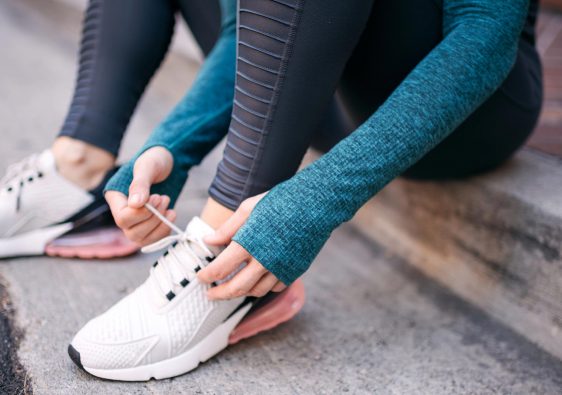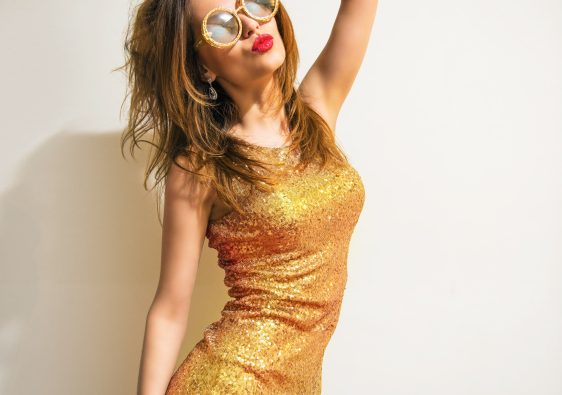The fashion industry has been associated with disposable trends and rapid production cycles. But as sustainability is taking more of the center stage, there’s a new movement that is reshaping the way we view clothes. It is called circular fashion. The heart of it is reimagining and upcycling fashion. This means transforming old, discarded and surplus materials into stylish and innovative pieces.
This new approach is challenging the traditional linear fashion model. The one that is known for “take, make, dispose” instead promotes a more closed-loop system. Where garments gain new life instead of ending in landfills.
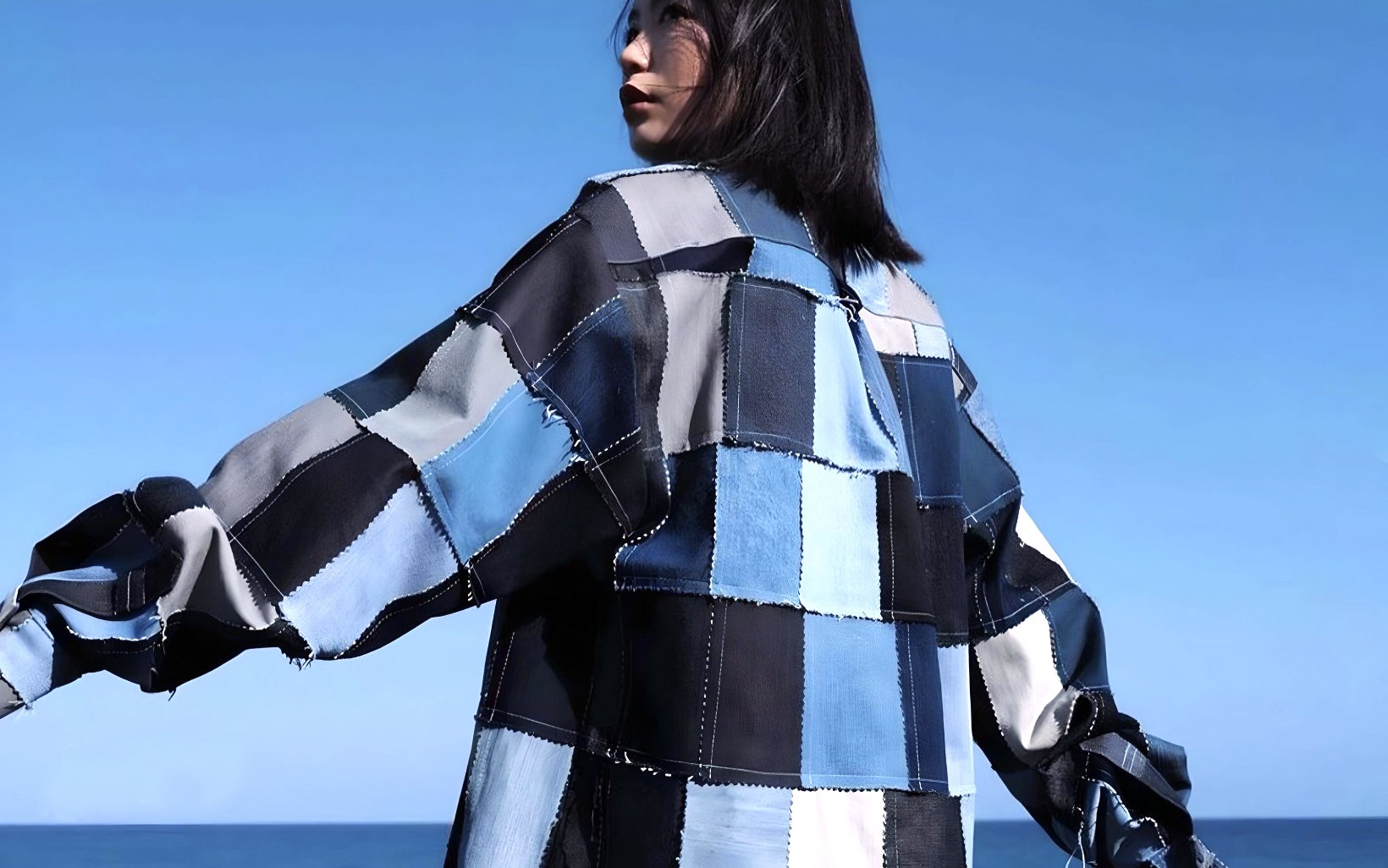
Image from: https://www.stateless.nyc/blog/upcycling-fashion
What is circular fashion?
Is a more sustainable approach that focuses on keeping materials and clothing in use for as long as possible. You can reuse, repair, recycle and upcycle them. Circular fashion embraces durability, longevity and is resource efficient.
The key principle is designing for longevity. Brands are creating high-quality garments that last. Repurposing and repairing. You’ll be extending the lifespan of your clothes through DIY upgrades or alterations.
By recycling and upcycling. You’ll be transforming discarded or old materials into something valuable and new. And through resale and rental. You’ll be encouraging second-hand shopping and rental services to reduce waste.
Upcycling is gaining more traction as a new, creative and sustainable way to breath new life into old and pre-existing fashion.
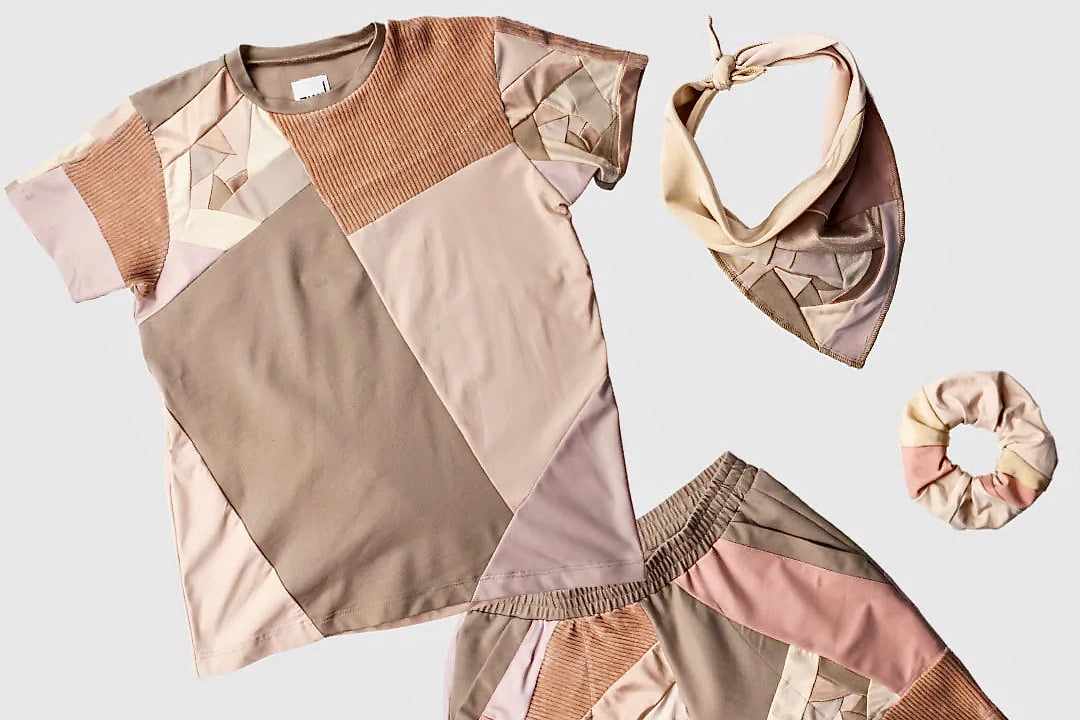
Image from: https://pomp.store/blogs/journal/what-is-upcycled-clothing
The rise of upcycled fashion
Upcycling is the process of taking unused, old, or damaged materials and transforming them creatively into new, high-quality products. Upcycling will enhance or maintain the value of the original material, unlike traditional recycling.
This isn’t only an environmentally friendly approach, but it also encourages innovation in design. DIY enthusiasts, designers and fashion brands are now embracing upcycling as a way to reduce textile waste. And they are now producing one-of-a-kind, unique pieces.
It matters because it reduces waste. The fashion industry produces millions of tons of textile waste every year. With upcycling, you’re helping divert clothing from landfills. You are also giving them a second life. It minimizes resource use. With it, you are eliminating the need for virgin materials, which reduces water consumption, energy use and carbon emissions.

It also encourages creativity. Each piece will tell a story and it will allow designers and wearers to express their individuality through fashion. It also supports ethical fashion. It promotes slow fashion, which values craftsmanship, fair labor practices and a more conscious consumption.
How brands are embracing it
Many fashion brands are now integrating it into their business models. Instead of discarding unsold or damaged inventory, they are reworking these materials into sellable and fresh pieces.
They incorporate patchwork denim, for example. They create jackets and jeans from repurposed denim scraps. Also, with reconstructed streetwear. They are remixing vintage t-shirts and sweatshirts and other fabrics into modern and bold designs.
Also, high-end brands are repurposing their excess fabric from previous collections into new couture pieces. Some brands also use leftover fabric from larger-scale production runs to create limited-edition items. Even fast-fashion retailers are starting to experiment with upcycling programs. Doing it as a part of sustainability initiatives.
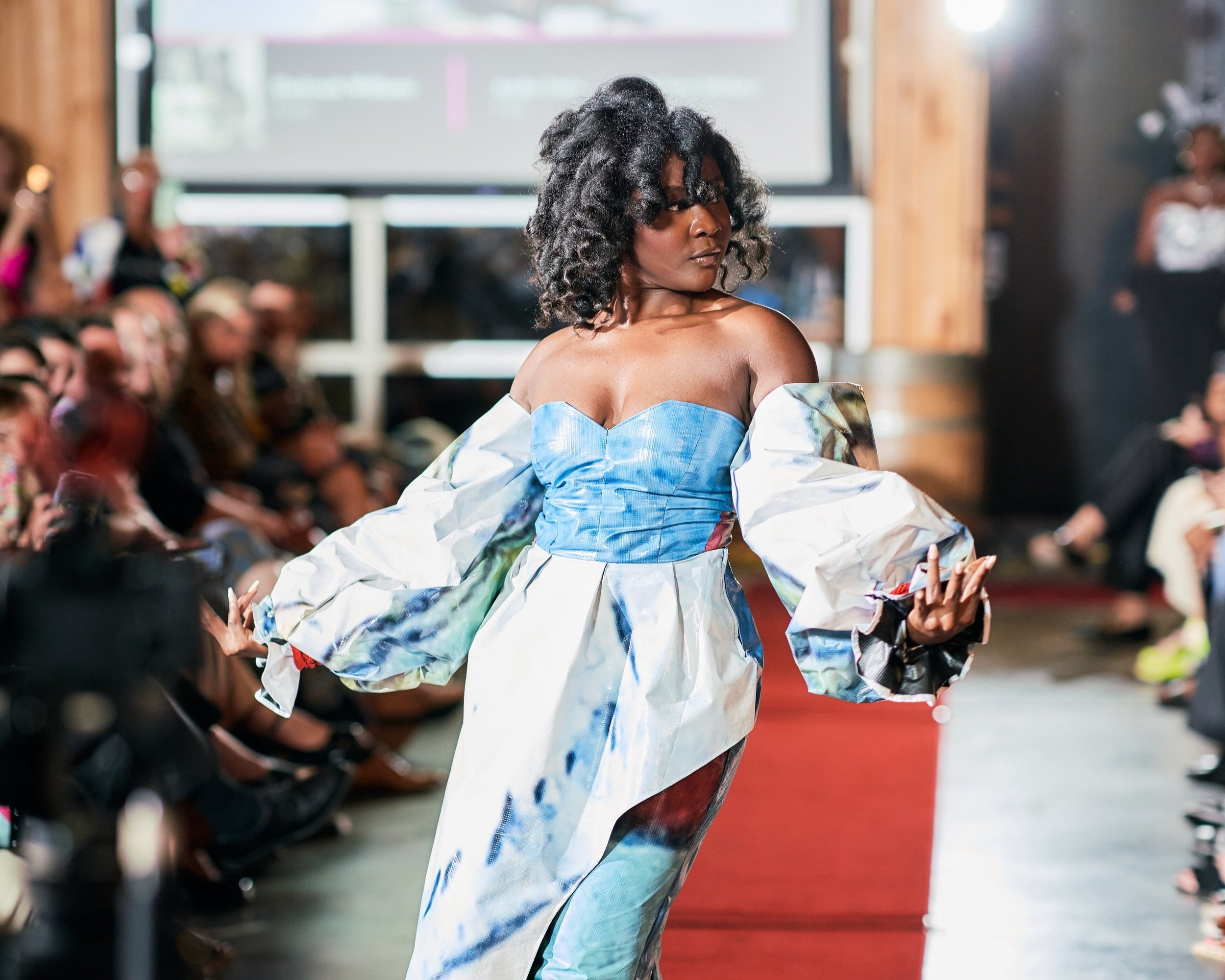
Image from: https://www.artpopstreetgallery.com/artpop-blog/upcycled-fashion-show-2023
How can you reimagine your wardrobe with DIY upcycling?
You don’t need to be a professional designer to embrace it. Many fashion lovers turn to their DIY projects to refresh their closets in creative ways.
There are simple ways to do this. For example, you can customize and embellish. Add patches, embroidery or paint to old pieces to give them a new look. You can also turn some old jeans into tote bags, shorts or cushion covers.
Combine fabrics from different garments to create something unique. You can also transform your outdated or oversized pieces by hemming, reshaping and cropping them.
Give some old faded clothes a makeover with natural or fabric dyes. The beauty of upcycling is that it will allow you to create fashion that is sustainable and deeply personal.


